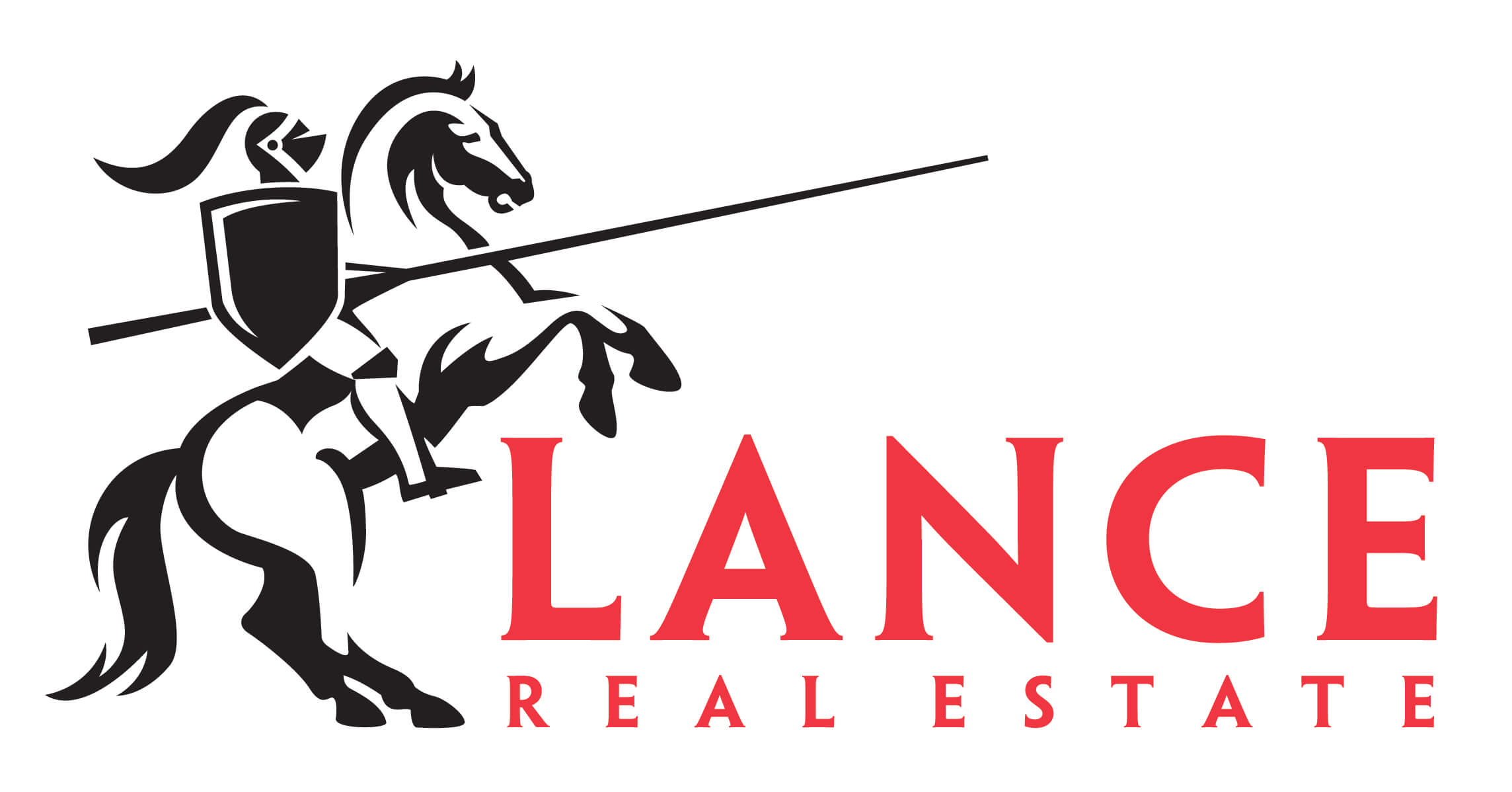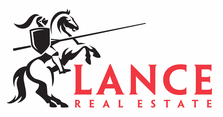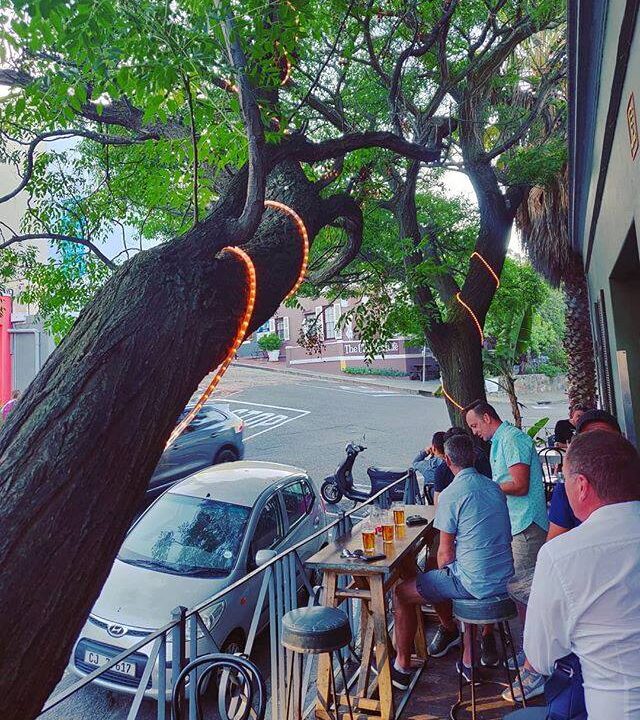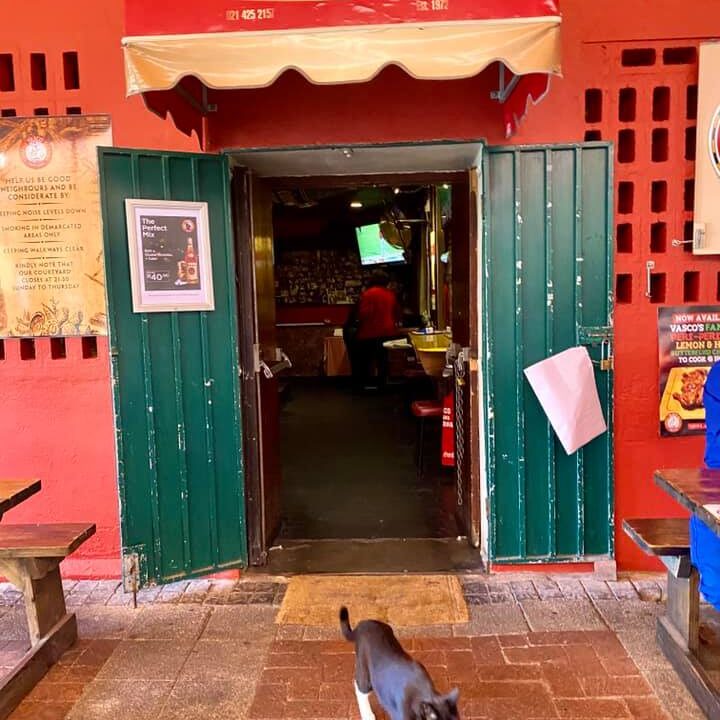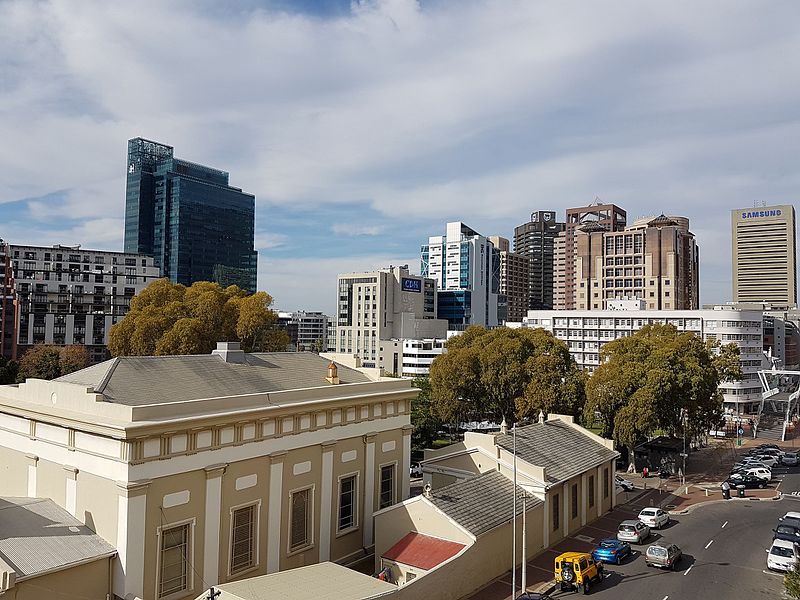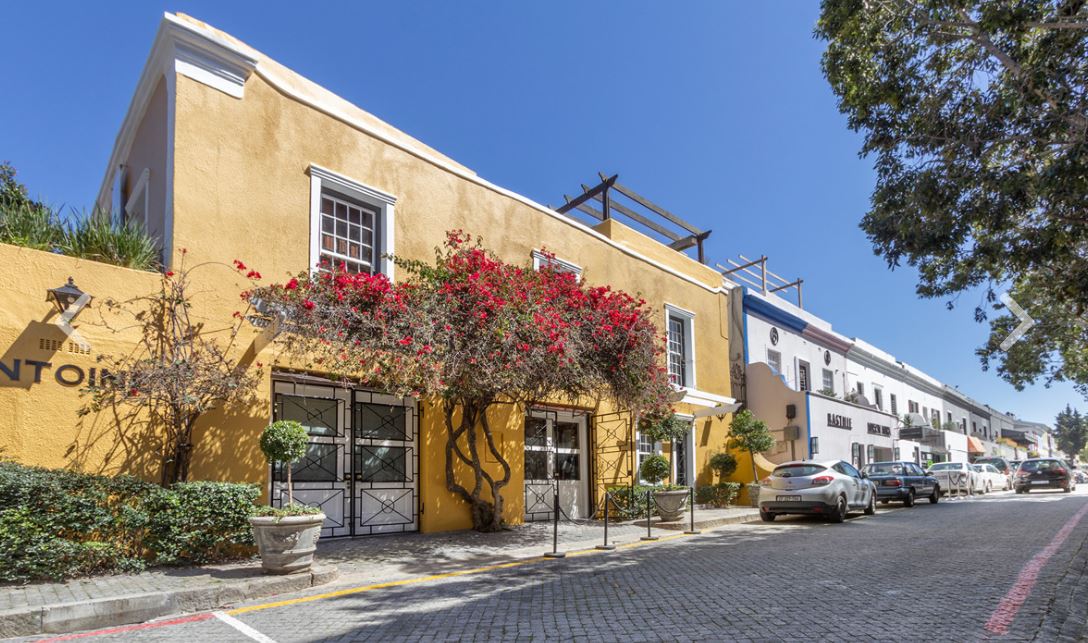The vibrant suburb of De Waterkant (‘the Water’s Edge’), adjacent to Green Point and on the seaward side of the CBD, is undoubtedly the hippest in Cape Town. Its excellent location, charming architecture and narrow, cobbled streets attract young and fashionable professionals whose stylish homes command stunning views of the harbour and the mountain. This ‘gay-friendly’ quarter of Cape Town is a hub of cool coffee shops, trendy restaurants and bars and niche lifestyle and decor shops. With the allure of Camps Bay’s cafe strip and the buzzing V&A Waterfront, the neighbourhood of De Waterkant is often overlooked as a go-to hangout spot, but in fact, it is one of the most interesting parts of the city.
Not many people realise that De Waterkant is actually a part of Bo Kaap, situated on the slopes of Signal Hill. While nowadays its character and residents set it apart, its connection to the Cape Malay quarter is evident in the colourful, flat-roofed houses which once belonged to freed slaves. The area’s art galleries, boutiques and sidewalk cafes give it a cosmopolitan, European feel, and if you want to know where the party is happening, it’s right here. De Waterkant is well-known for its excellent eateries, lively bars and heaving nightclubs.
De Waterkant is one of the oldest parts of Cape Town, and — happily — it has retained a lot of its original character. Its first homes were built in 1790, but around the turn of the century and into the early 1800s lower-income families and artisans set up house here. By the mid-1900s it became known as the ‘Slamse Beurt,’ the ‘Islamic Quarter,’ which helped protect the Cape Malay community and allowed it to retain its unique cultural identity. A number of mosques, with their pretty details and minarets, exist to this day. From many kilometers away the strains of the Imam’s call to prayer can be heard on the evening wind, and it’s a sound as familiar to Capetonians as the booming noonday gun.
A few hundred years ago the buildings of De Waterkant were at the very edge of Table Bay. Waterkant Street, Riebeeck Street, Sea Street and Jetty Street speak of a time before the beaches and the ocean were pushed back to make place for buildings. As far back as Jan van Riebeeck’s time, Cape Town’s seafaring quarter began encroaching on the bay. Today, these streets are so far inland that their maritime names seem odd. ‘Waterkant,’ as it was then called, was the site of the post office and boat house in 1865, and customs officials had their headquarters there. In the same street were the Widow Berg’s Coffee Rooms, John Jeary’s Ship Tavern, the Blue Anchor, the School Arms, the Sailor’s Home Inn, Hoffmeester’s Brewery, Kelly’s Railway Inn, a distillery and various wine stores. As Lawrence Green points out, it is no wonder they called Cape Town the ‘Tavern of the Seas,’ and to this day De Waterkant remains a good place to head for a night on the town.
After the Second World War, living standards began to drop and in 1944 it was declared a slum, but a band of prominent Capetonians together with the City Council and the Historical Monuments’ commission fought to retain and rehabilitate the area. Today it is slick and sought-after address. Its single-story houses with their rooftop decks and views combine history with sophistication, and it’s one of the few parts of the city where you are better off leaving your car behind and venturing out on foot.
By day De Waterkant a great place to browse, shop, get your hair and nails done, check out some local art and immerse yourself in Cape Town culture. As the afternoon wears on, don’t miss out on a pavement cocktail at the iconic Cafe Manhattan before enjoying some tasty Japanese ‘stand up food’ at Ding.Dong Tachinomi Bar. If laidback is more your vibe, visit De Waterkant’s best kept secret, the Vasco da Gama Taverna, aka The Portuguese Embassy. It’s friendly, relaxed and the food and atmosphere are great. Finally, get a real sense of this part of the city by taking in a drag show at the popular theatre-restaurant, Beefcakes. The ‘girls’ will take good care of you, and once the music starts there’s a fair chance you might not be having an early night.
Lance Real Estate is based in Fresnaye, Cape Town and covers the Atlantic Seaboard from the Waterfront to Camps Bay. With over 23 years’ experience in the most sought-after residential areas in Africa, Lance Real Estate has sold over R 1 billion worth of properties in the last 3 years.
It is this hands-on knowledge that sets Lance Real Estate apart from our competition. We have built an extensive database of buyers and sellers over the last 2 decades who have grown to trust our market knowledge and depend on us to negotiate the best possible deal in any property negotiation.
We are now extending our reach and taking on houses and apartments for sale from the Waterfront through to Llandudno.
If you are looking for a remarkable agency to buy, rent or sell your property on the Atlantic Seaboard, our friendly customer care team is a phone call away.
We also have a range of holiday rentals to offer. If you appreciate beautiful African sunsets over the sea and sublime mountain views, then visit our holiday rentals section on our website.
Contact
Email: info@lancerealestate.co
Tel: +27 82 416 6103
